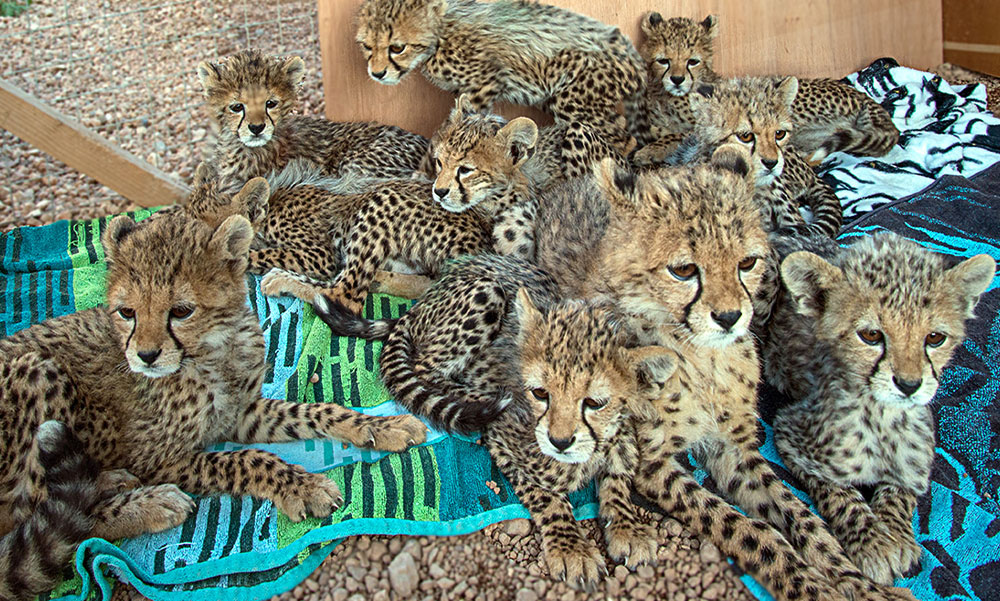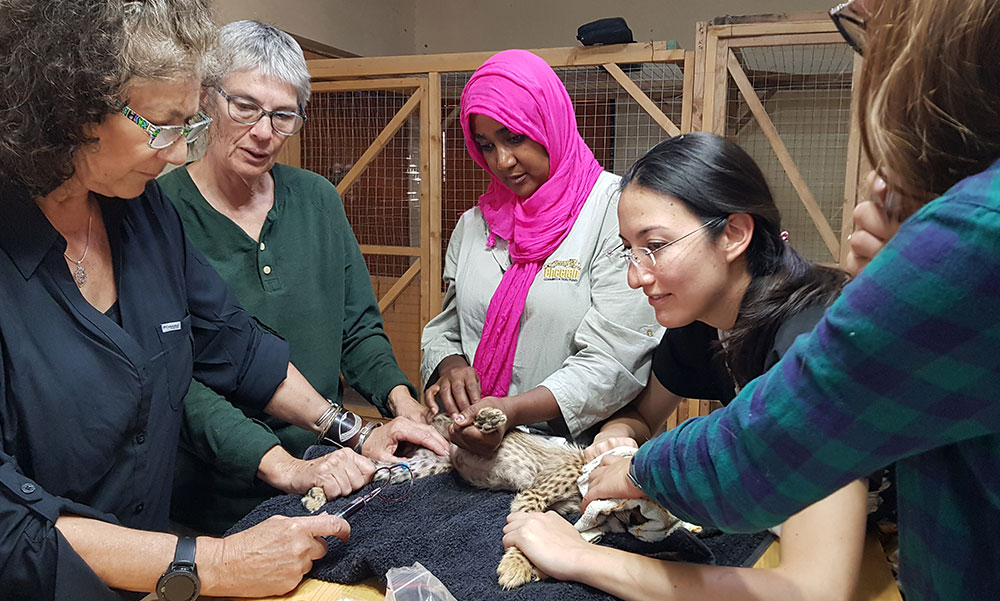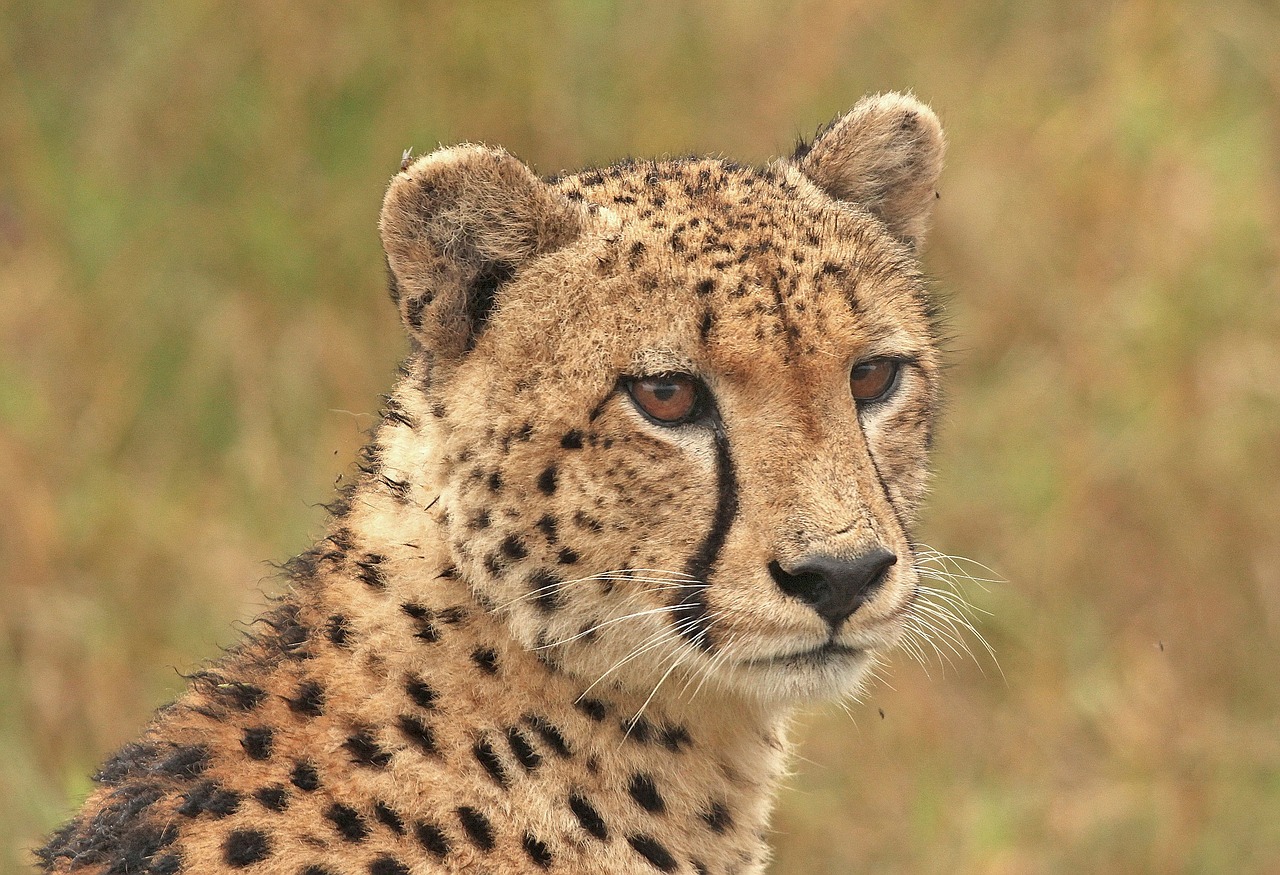Written by: Kimberly White
The Cheetah Conservation Fund (CCF) has launched a new campaign to put a stop to cheetah trafficking.
With less than 7,500 cheetahs in the wild, the species has been listed as Vulnerable by the IUCN Red List. Once roaming numerous landscapes, habitat loss and fragmentation have confined cheetahs to less than 10 percent of their historical distribution range.
International trade in wild-caught cheetahs is prohibited by the Convention on International Trade in Endangered Species of Wild Fauna and Flora (CITES). However, the illegal wildlife trade is one of the most prevalent threats to the species.
Perceived as a status symbol, the demand for cheetahs as pets stretches back thousands of years. A study released earlier this year found that upwards of 4,000 cheetahs have been trafficked from 2010 to 2019, largely to the Gulf States.
The vast majority of these sales take place on popular social media platforms. The authors of the study found that Instagram had the most advertisements for cheetahs, with more than 1,700 recorded.
The cheetah population in the Horn of Africa is on the brink of extinction, according to CCF. The illegal wildlife trade coupled with human-wildlife conflict has resulted in population declines throughout the region.
Human encroachment into cheetah habitat has led to a rise in human-wildlife conflicts. The vast majority of the population relies on agriculture for their livelihoods. As farmers develop land in cheetah territory, cheetahs may attack livestock. Loss of livestock can be financially devastating for rural farmers. Farmers may retaliate by killing the cheetah or capturing and selling cubs to make up for lost profit.

Trafficked cubs have poor survival rates. According to CCF, approximately 75 percent of abducted cubs will die before reaching want-to-be owners due to malnutrition, dehydration, and poor care.
Roughly 300 cubs are lost to trafficking and human-wildlife conflicts each year. CCF estimates that the region now has fewer than 500 adult and adolescent cheetahs.
CCF’s END Cheetah Trafficking campaign aims to stem the poaching of cubs supplying the trade. CCF and its affiliated organizations plan to conduct activities to generate awareness as well as raise funds to support the organization’s vital work.
Dr. Laurie Marker founded the Cheetah Conservation Fund in 1990. Since then, the organization has worked to ensure the survival of the iconic species.

The Cheetah Conservation Fund has teamed up with governments in both the Horn of Africa and the Arabian Peninsula to address the illegal trafficking of the keystone species. The organization aids the Somaliland government by “supporting wildlife seizure missions and providing immediate care for the cheetahs rescued.” The organization provides 24-hour care and rehabilitation for 56 cheetahs and one leopard rescued from the illegal wildlife trade. Additionally, CCF is training veterinarians in Somaliland and Ethiopia to aid in these missions.
“Every cub taken puts us one step closer to losing cheetahs in the Horn. People must stop poaching now. Not only are communities draining their own natural resources, but their actions are decreasing local biodiversity, which makes for unhealthy landscapes and impacts human communities in profound ways,” said Dr. Laurie Marker, Founder and Executive Director of the Cheetah Conservation Fund. “In the age of COVID-19, the importance of having healthy landscapes has never been so clear.”







